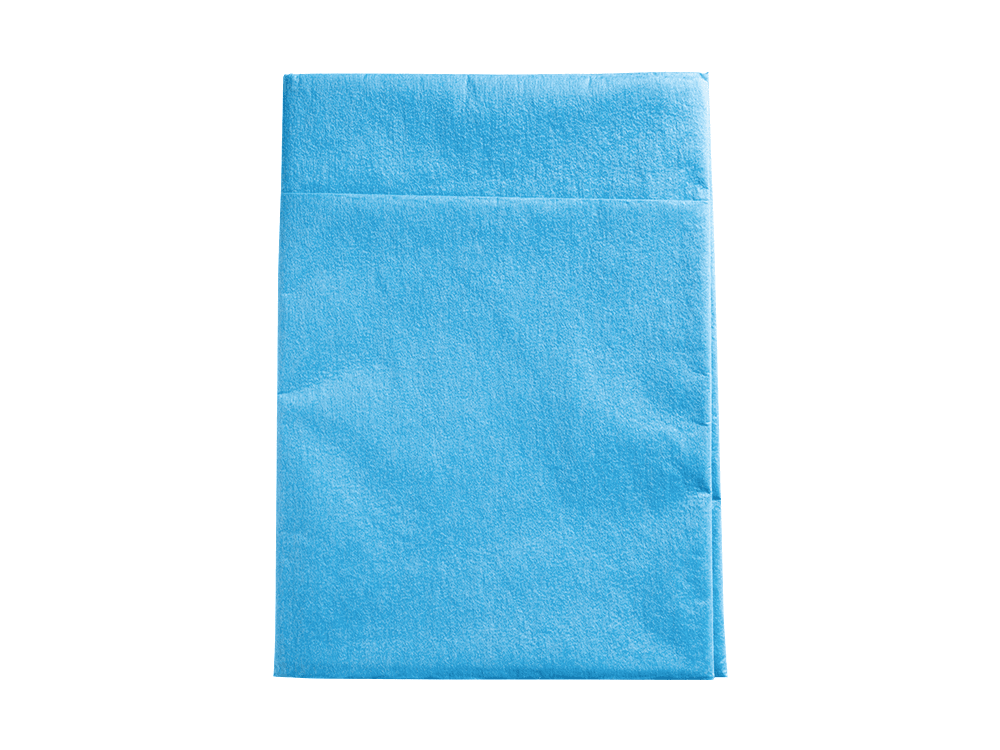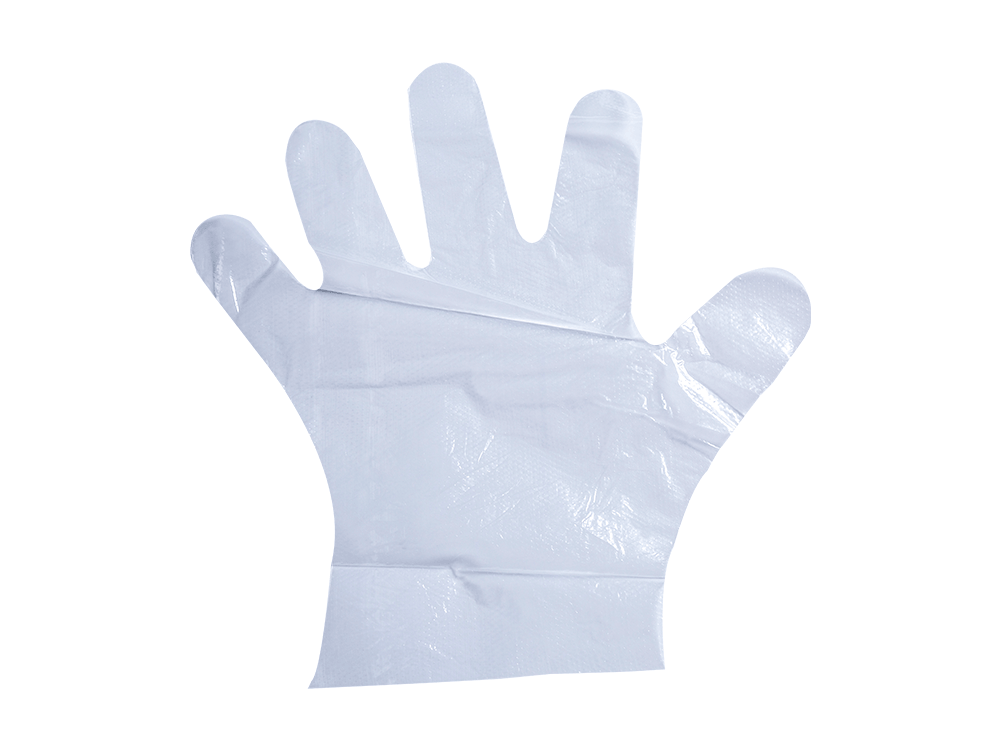Different surgical procedures have varying requirements for disposable surgical drapes based on the specific needs of each surgery. Some of the key factors that influence the selection of surgical drapes for different procedures include:
Size and Shape: Surgical drapes come in various sizes and shapes to accommodate different surgical sites and body areas. For example, drapes used in abdominal surgeries may have a different shape than those used in orthopedic procedures.
Fenestrations and Openings: Some surgical procedures require specific access points to the surgical site. Surgical drapes with pre-cut fenestrations or openings are used to allow precise access while maintaining a sterile field. The size and location of fenestrations depend on the requirements of the surgery.
Fluid Management: Procedures that involve significant fluid loss or fluid irrigation may require surgical drapes with high fluid absorbency or containment properties to keep the surgical field dry and clean.
Specialty Procedures: Different surgical specialties may have specific requirements. For instance, cardiovascular surgeries may require drapes with higher barrier properties due to the increased risk of fluid exposure.
Adhesion and Securement: Some surgical drapes have adhesive edges or tabs to ensure they stay securely in place during the procedure, preventing accidental movement or contamination.
Antimicrobial Properties: In certain high-risk surgeries, surgeons may opt for surgical drapes with antimicrobial coatings or impregnations to provide an additional layer of protection against microbial colonization.
Flame Resistance: Surgeries that involve electrosurgical equipment or other heat sources may require surgical drapes with flame-resistant properties to reduce the risk of surgical fires.
Duration of Surgery: The length of the surgical procedure may impact the choice of drapes. Longer surgeries may require drapes with enhanced breathability and moisture management to maintain the patient's comfort.
Positioning and draping accessories: Certain surgeries, such as lithotomy procedures or those requiring steep Trendelenburg positioning, may necessitate specialized drapes and accessories to ensure optimal patient positioning and coverage.
Material Properties: The material used in surgical drapes may be selected based on its barrier performance, breathability, softness, and other specific properties relevant to the surgical procedure.


 english
english 中文简体
中文简体

















